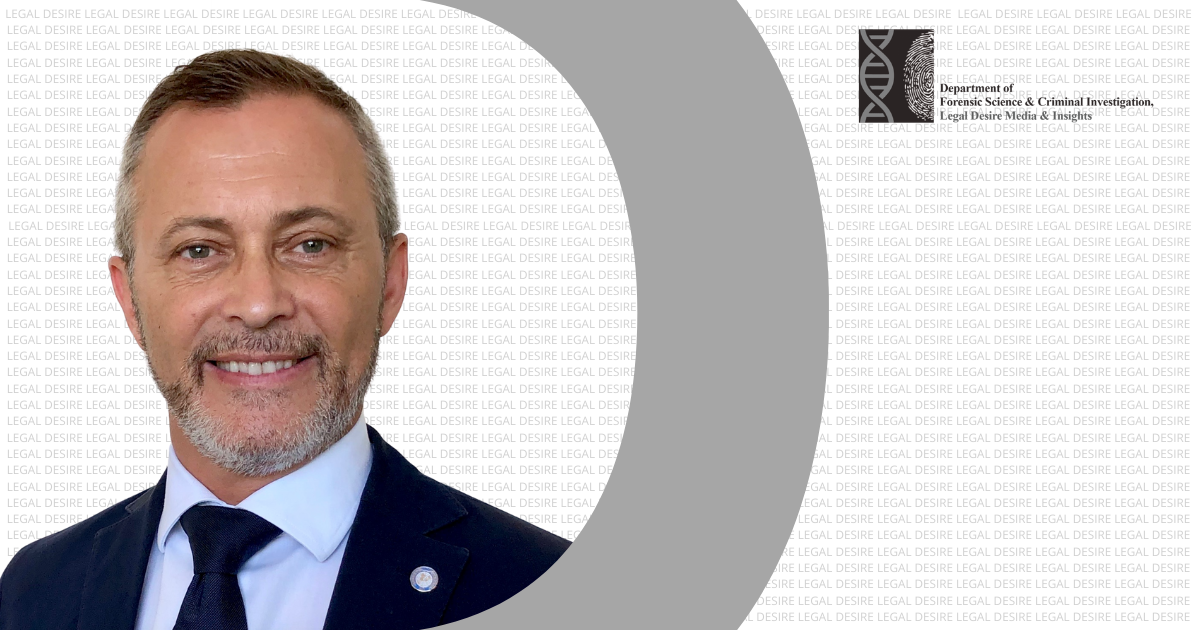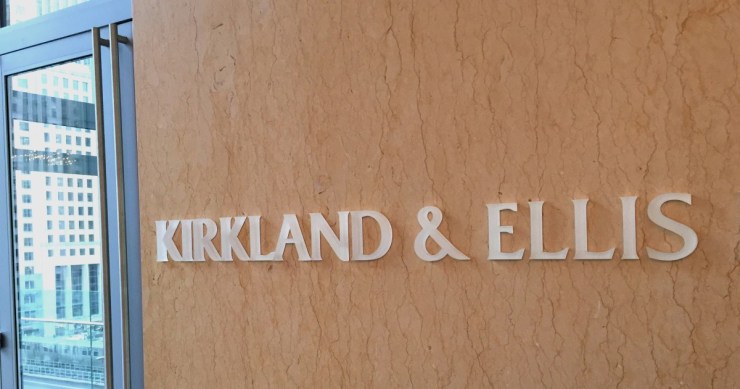Now Reading: Identifying the dead is a crucial part of grieving and Human Rights respect
-
01
Identifying the dead is a crucial part of grieving and Human Rights respect

Identifying the dead is a crucial part of grieving and Human Rights respect
Returning an identity to unidentified human remains is a crucial part of the process of grieving for the loss of our beloved, and, for the families of the missing, a restart of life. The identification is also a respect of the Human Rights of the dead as without a name a person has no Rights.
Forensic experts involved in human identification collect information from Police, and families of the missing, compare them with the identifying features and data collected during the autopsy of unidentified human remains, and successfully restore the identity of a dead person.
One of the activity of the human identification process is Disaster Victim Identification (DVI) which is a more complex and often international operation. DVI specialists collect dental data and dental radiographs, DNA, fingerprints and other identifying features (tattoos, scars, jewellery during the post-mortem examination. Dental autopsies should be a priority in the preliminare reconstruction identification of the cadaver.
Information of the victims are also gathered from families and next-of-kin. These are usually medical and dental records, but also old radiographs and portrait picture and selfies showing teeth. Data collected is then compared with the post-mortem data in order, and through a reconciliation process, the victim’s identity is achieved.
Countries have set up DVI teams in order to respect best standards in human identification and allow international cooperation because mass disaster very often involve multinational casualties and injured. The international cooperation and the availability of resources is need, in order to respect high technical standards, ethics and dignified management of the dead. This is the reason why the volunteering association Forensic Odontology for Human Rights was created in 2015 in Lyon and have developed a network of over 100 experts from almost 30 nationalities.
An other key for best practice in the management of the dead is training and planning ahead of a potential disasters, in order to be ready with DVI specialists and resources in case of need. In the past few years I have organized training courses with the Association Dental Team DVI Europe, and since 2019 an educational program in forensic odontology and human identification at the University of Turin (sezione di Medicina Legale del Dipartimento di Scienze della Sanità Pubblica e Pediatriche). These programs bring together international experts on all field of human identification and develop long-lasting international cooperations. Currently we have developed the first university training course on Disaster Victim Identification with experts from eight nationalities, with collaborations with agencies like Blake Emergency, Kenyon International, and officers of the Italian Red Cross Military Corps. Our courses are also in English and are open to international attendees in order to train present and future generation of forensic experts.
About Author:
Prof. Emilio NUZZOLESE, DDS, LLB, MSc, PhD
Forensic Odontologist and Associate Professor in Forensic Medicine, Head of Human Identification Laboratory at the Medicolegal Institute of Turin, Italy. Expert witness in Civil and Penal Court for dental disputes and professional liability, Human Rights activist. Program Lead in Forensic Odontology training. Graduated in dentistry (DDS) and in Science in Law (LLB) at the University of Bari, Italy Holds post-graduate diplomas in Legal Medicine, in Forensic Sciences and in Forensic Odontology, and a Research Doctorate degree (PhD) on Analytic Morphometry. Participating odontologist in the Interpol DVI Forensic Odontology Sub-Working Group, since 2010. President and Founder of the Civil Protection Association Dental Team DVI Europe. Co-founder and Past-President and President-Elect of the Association Forensic Odontology for Human Rights (www.afohr.org). Fellow of the Odontology Section of the American Academy of Forensic Sciences, since 2011. Officer of the Italian Red Cross Military Corp since 1999 and Officer of the Reserve Medical Corp IT Army since 2007.









